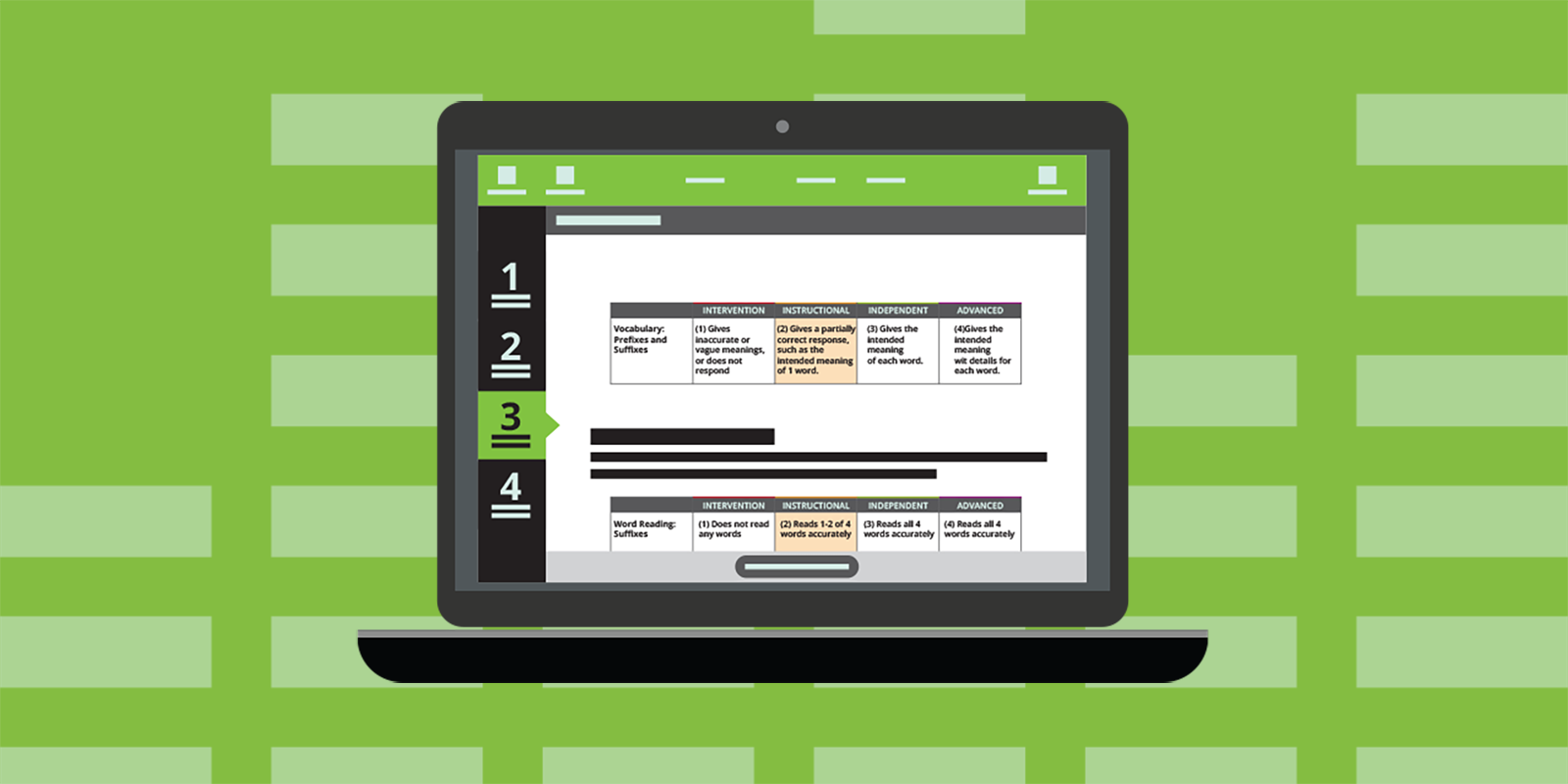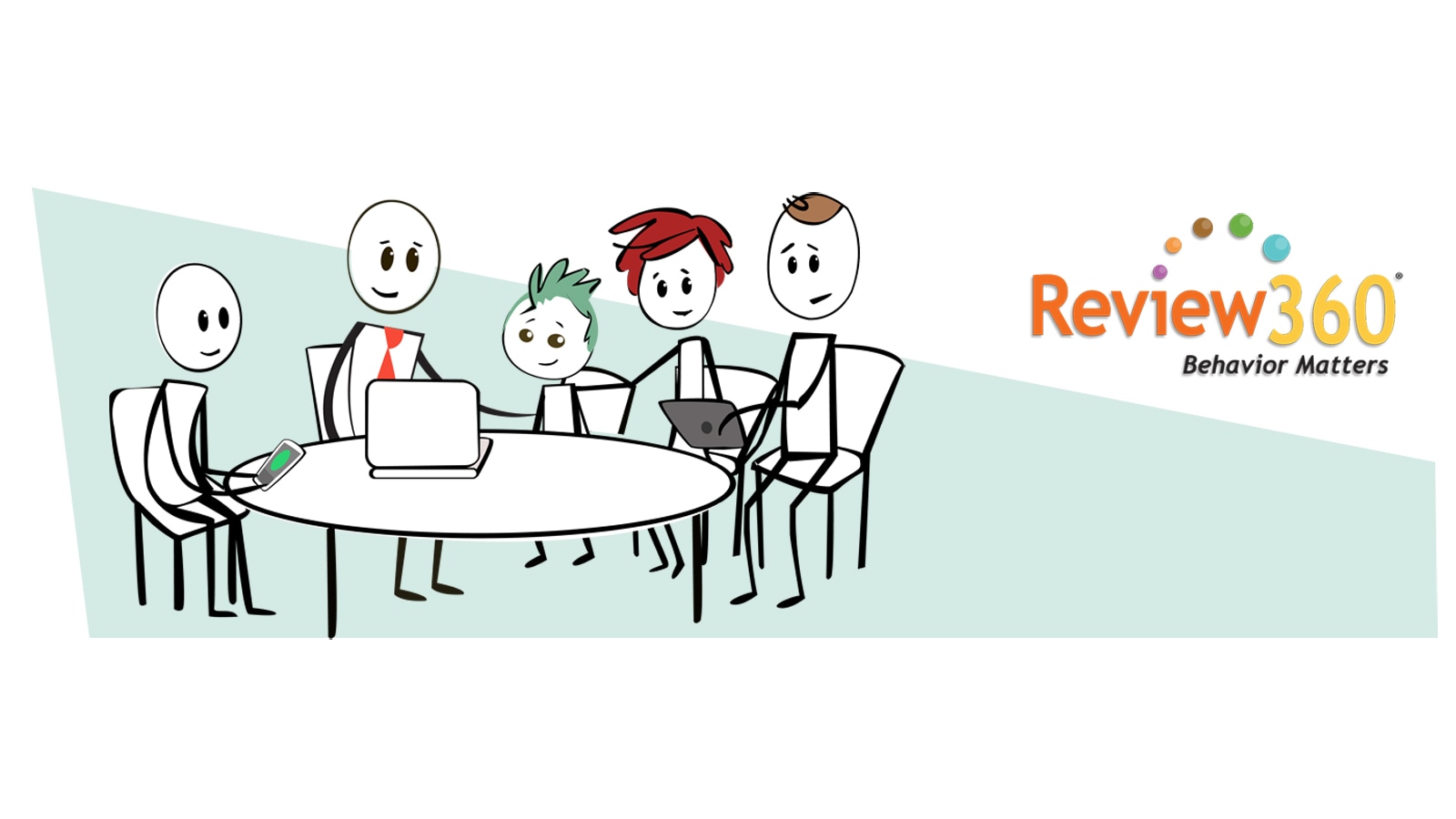Headed toward the deep end of assessment season?

We’ve got the perfect life jacket for you!
You’ve finally gotten your classroom back to some semblance of a learning environment and having turned the calendar to February you’ve realized that you’re now headed directly into the busiest time of year — spring assessments and conferences! Are you prepared for everything you need to prepare for? Are your students? What do you need to do in order to make sure you are all ready for what lies ahead? What adjustments do you need to make to ensure that your students are meeting end-of-year goals?
If you’re feeling like you’re treading water, we’ve got you covered! DRA3’s reading skills assessment calendar was designed to help buoy you through these challenging times!
What’s on the calendar this month?
- Continue using progress monitoring with identified students.
- Administer the Word Analysis to other first through third grade students who are reading below established oral reading mid-year benchmark levels.
- Prepare for and conduct mid-year Parent/Teacher conferences using all appropriate DRA3 assessments and materials.
- Model, teach, and support areas in need of instruction.
What’s on the calendar for the rest of the school year?
One of the most important tasks in any school year is discovering each student’s literacy strengths and weaknesses. Identifying where they might need a little help, and how you can utilize their strengths to augment that support will help them make the most of their educational time. We have put together a reading assessment calendar to help you stay on track throughout the year, and to provide you with helpful tools to enhance your reading curriculum. December’s activities are crucial to your students’ reading success, and will set you on the path to discovering — and fostering — the lifelong reader in each of them!
Read more



